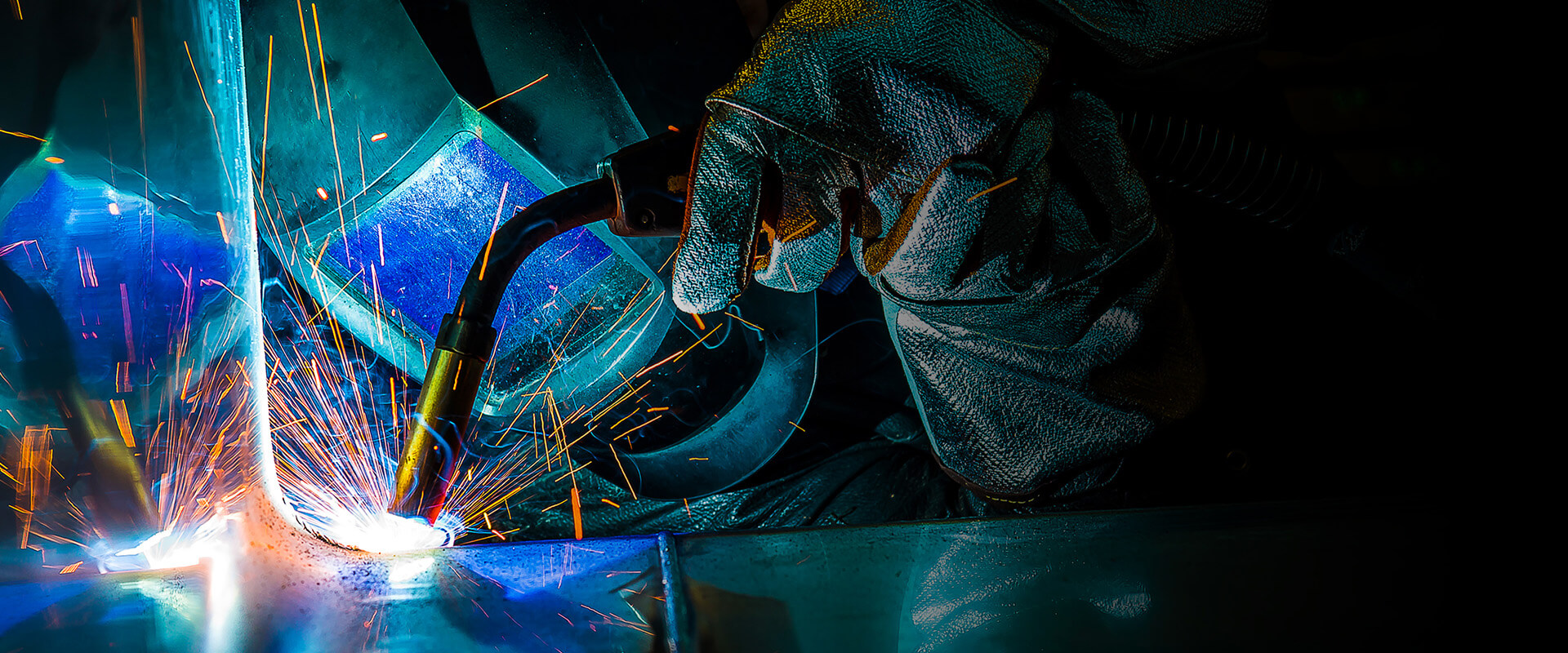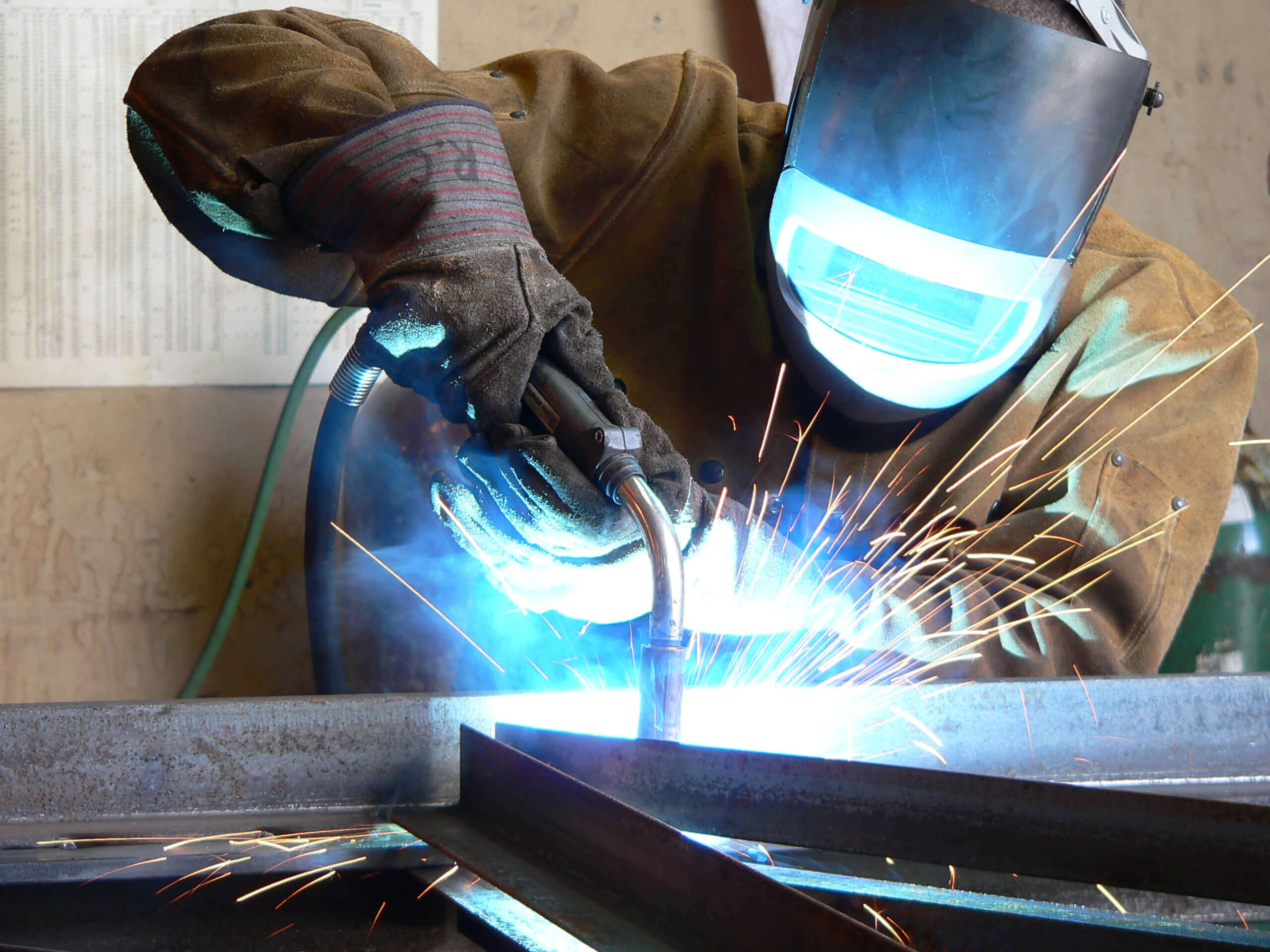Avoiding Porosity


Porosity is caused by absorption of gas in the weld pool, that is released as solidification takes place to become trapped in the weld. Gases like hydrogen, oxygen and nitrogen have a larger solubility in molten metal than in the solid phase. Therefore, as a weld cools, gases are expelled from the solidifying melt and can become trapped as pores if solidification occurs before they reach the surface.
Porosity comes in many shapes and sizes. It can be visible on the surface of a weld or it can be buried without any visual evidence that it is present. Spherical porosity is the most common but, if the holes are elongated, it might be referred to as wormhole porosity or crater pipes. Surface breaking pores may be identified by visual inspection and usually indicate a large amount of distributed porosity. Sub surface imperfections, such as wormholes, need to be identified by radiography or ultrasonic inspection. Porosity can result in a rejected weld. Therefore, it is useful to understand some of the key causes of porosity and eliminate them.
Poor gas shielding is the primary cause for nitrogen or oxygen absorption in the weld. Leaks in the gas line, too high gas flow rates, draughts in the work area or turbulence in the weld pool can all cause air to get into the gas shield. This is known as air entrainment. Just 1% air entrainment can lead to porosity and levels above 1.5% often result in visible pores. To avoid this type of porosity it is important to review the quality and integrity of the welding equipment and set-up. This includes inspection of gas lines and hoses, awareness and control (where possible) of the surrounding environment and careful selection of the weld process gas flow rate.
In order to ensure that your equipment is in good shape and that you select the correct gas flow, Air Products recommends its Gastrak® service. There is a simple Gastrak® self-service option for small users or, for larger welding operations, a full-scale review of the welding set-up by an approved Air Products’ Welding Specialist can be carried out. Optimal shielding gas selection, leak sources and excessive flows are all identified and resolved before Gastrak® economisers are installed to guarantee optimum flows are maintained and gas waste is eliminated. An annual review is included in the service to ensure that targeted objectives continue to be achieved.
Hydrogen entrainment is also a cause of porosity and is normally the result of contamination. Contamination can either be on the metal workpiece in the form of moisture, grease or oil. Moisture can also be contained in electrode coatings that have not been dried sufficiently or fluxes. Zinc coatings can cause wormhole porosity as the zinc fumes can enter the weld and large amounts of vapour become trapped. Cleaning the surface by using a suitable grinder or wire brush, followed by degreasing prior to welding, will contribute to reducing the risk of porosity.
Finally, it is important to control weld pool shrinkage and the rate at which the arc is extinguished in order to avoid crater pipes. This “porosity” is not caused by trapped gas but by a lack weld metal during solidification of the weld pool.

An industry leading comprehensive guide to gas shielded arc welding and oxy-fuel cutting.